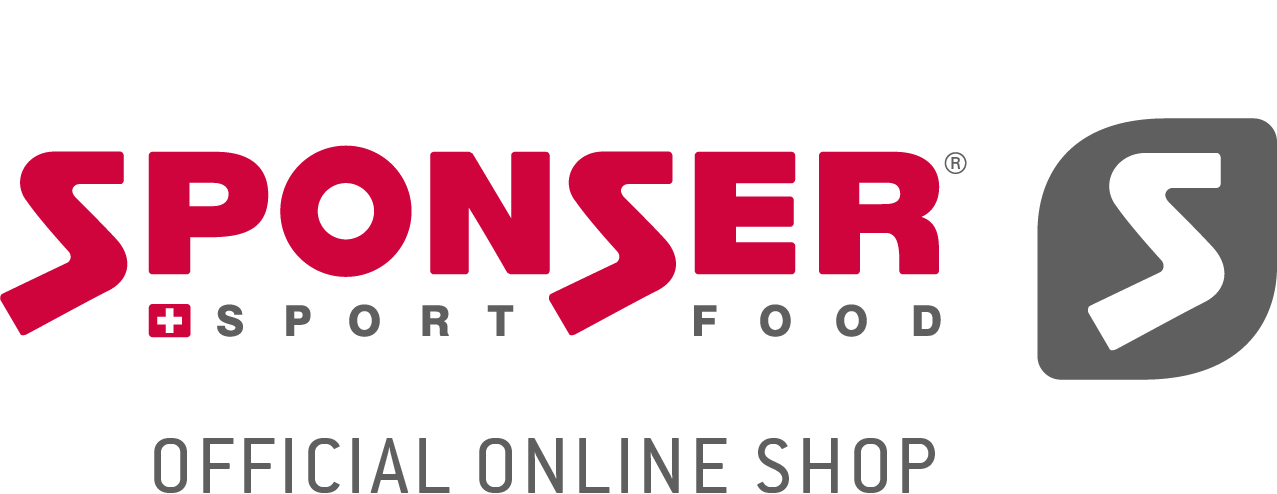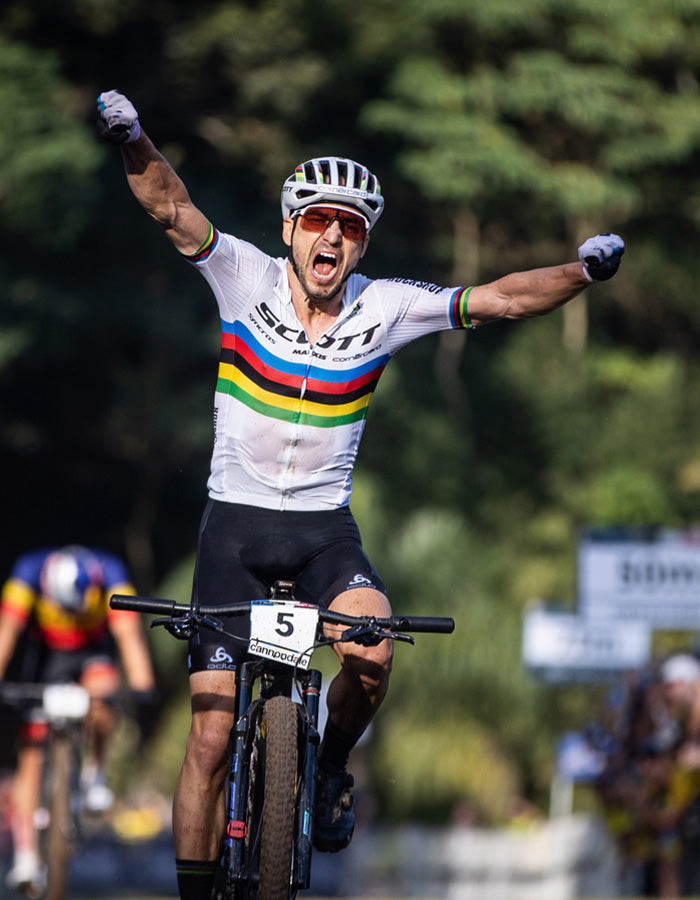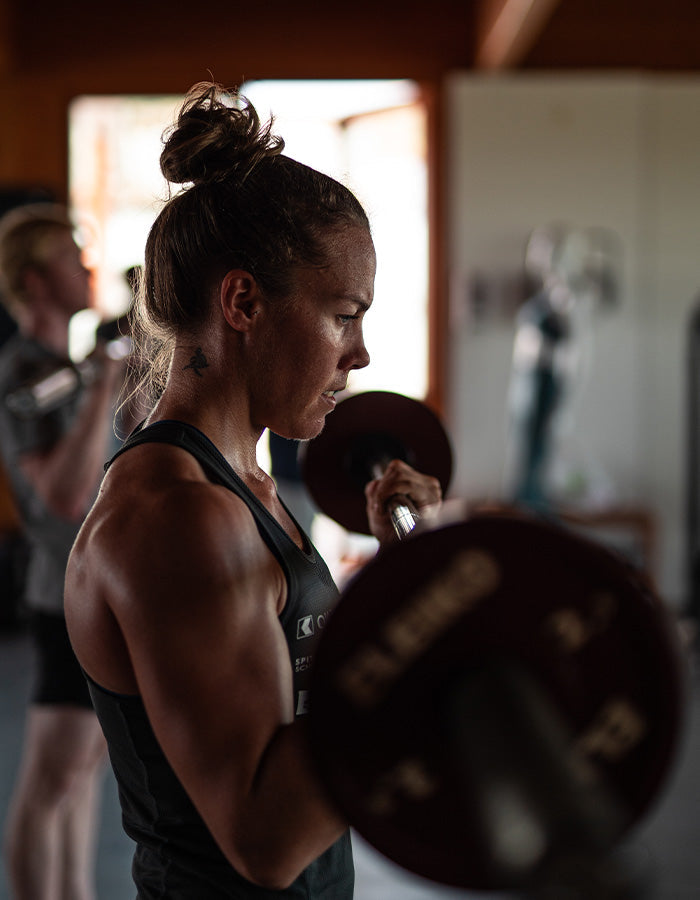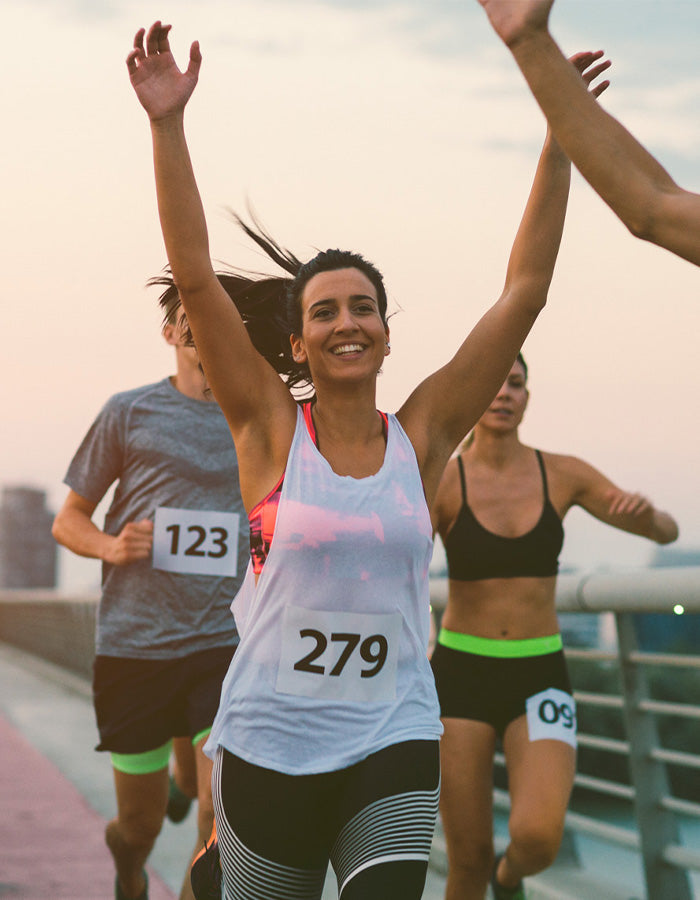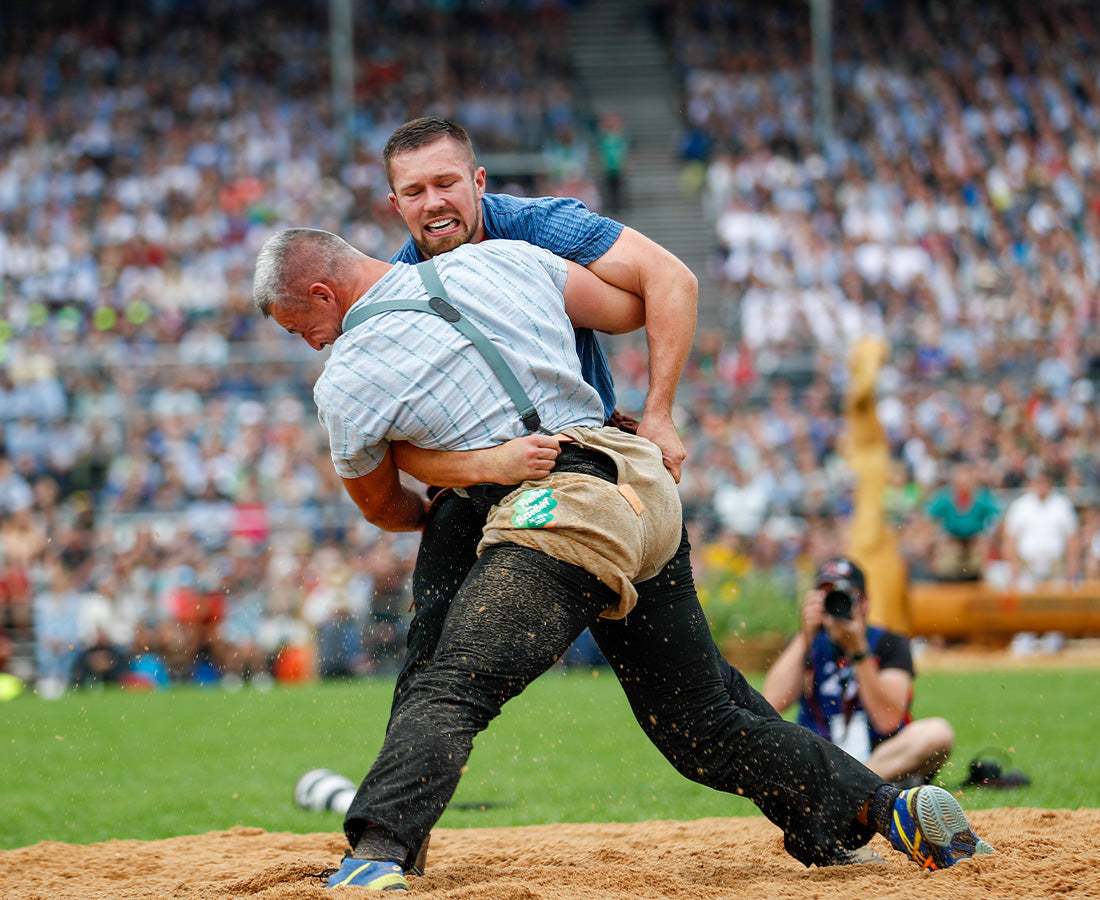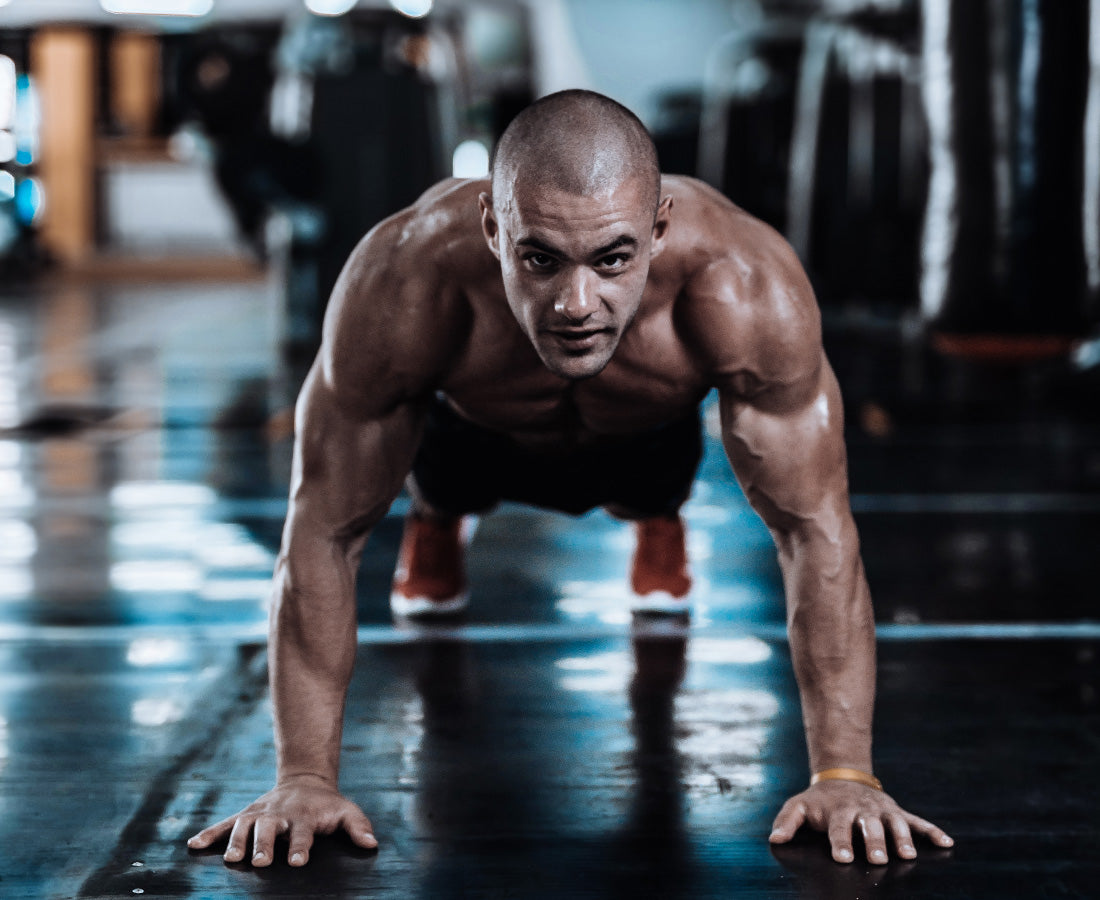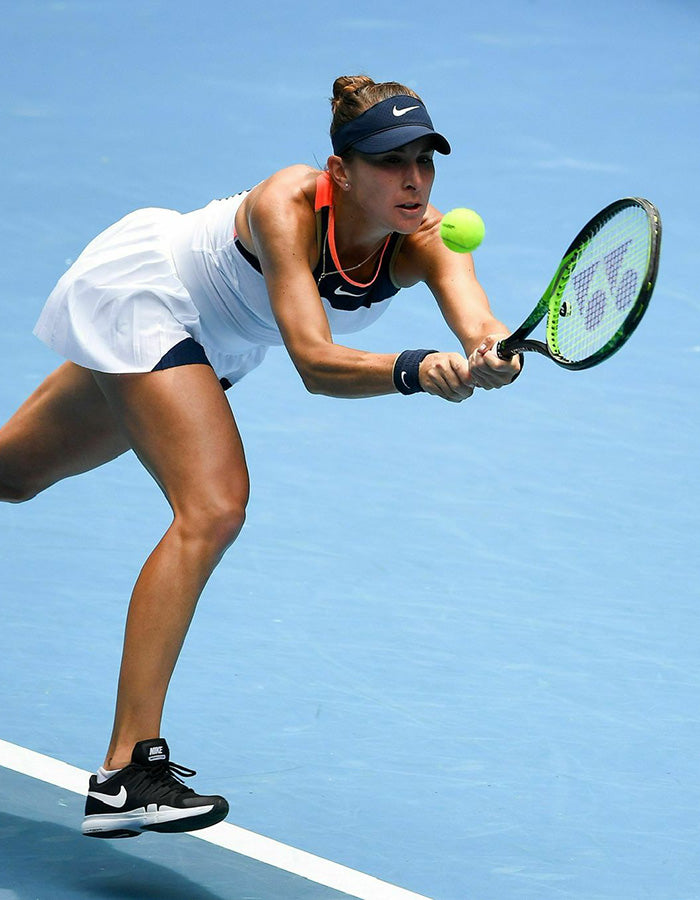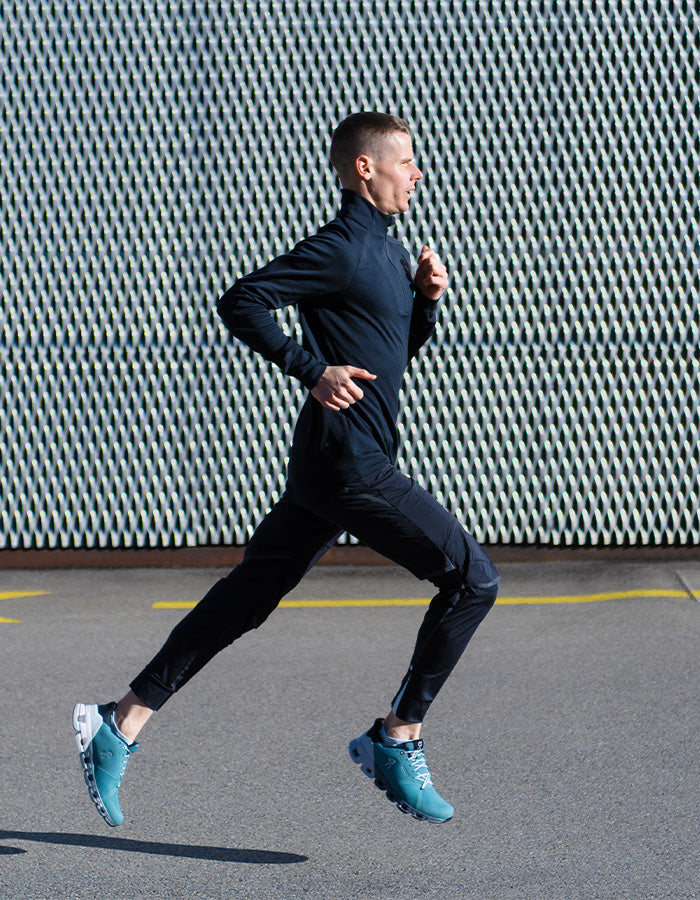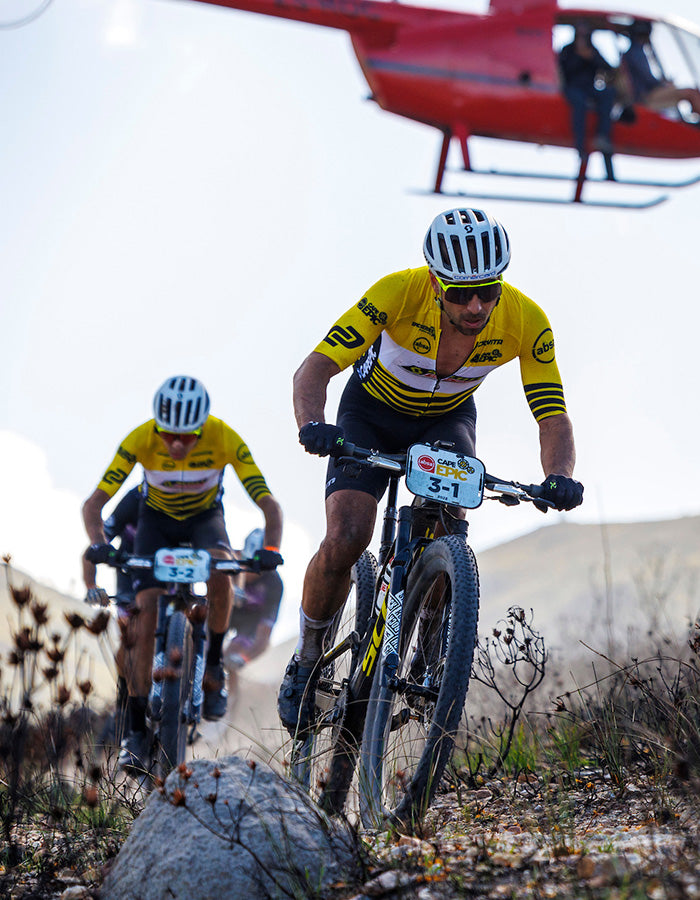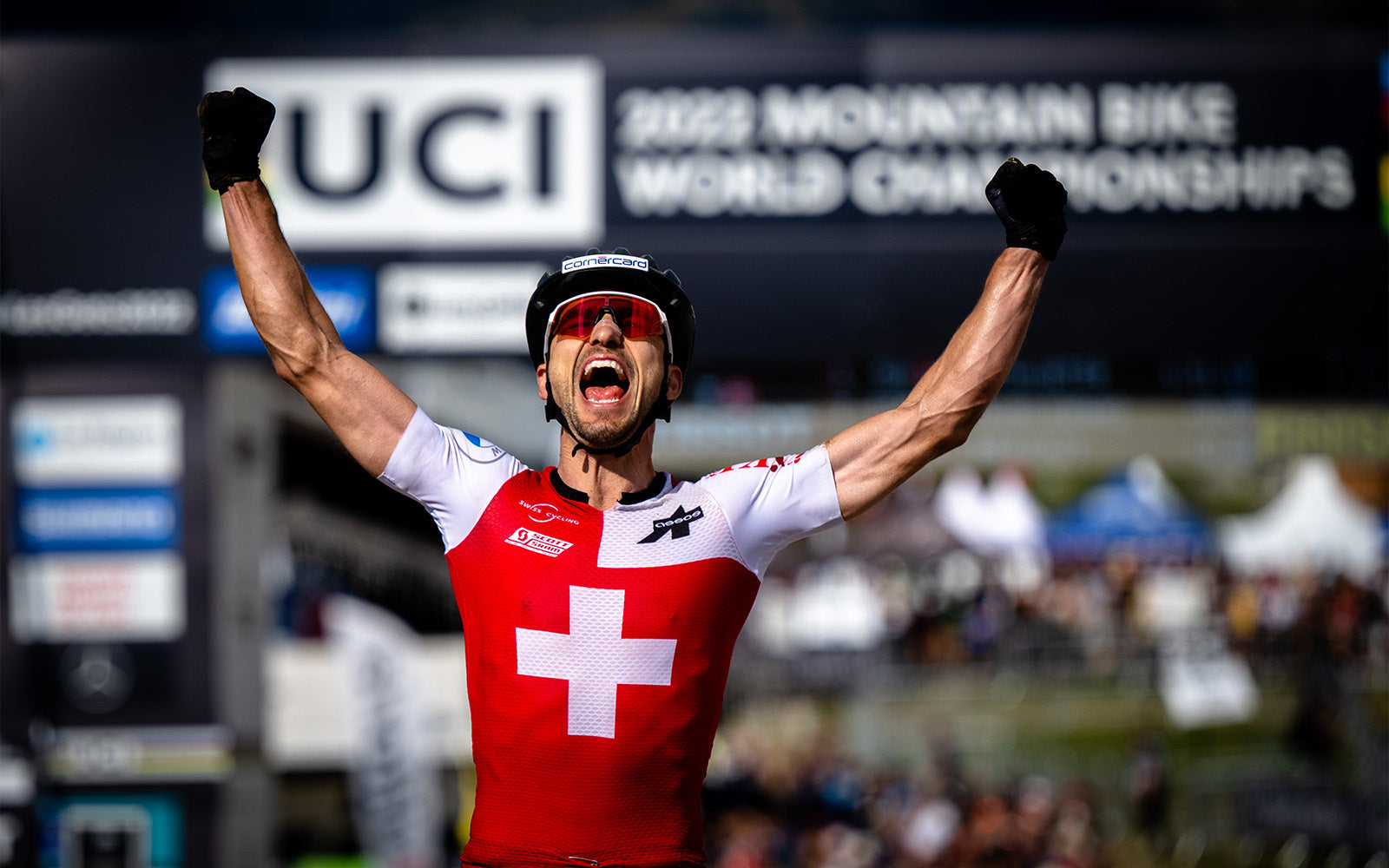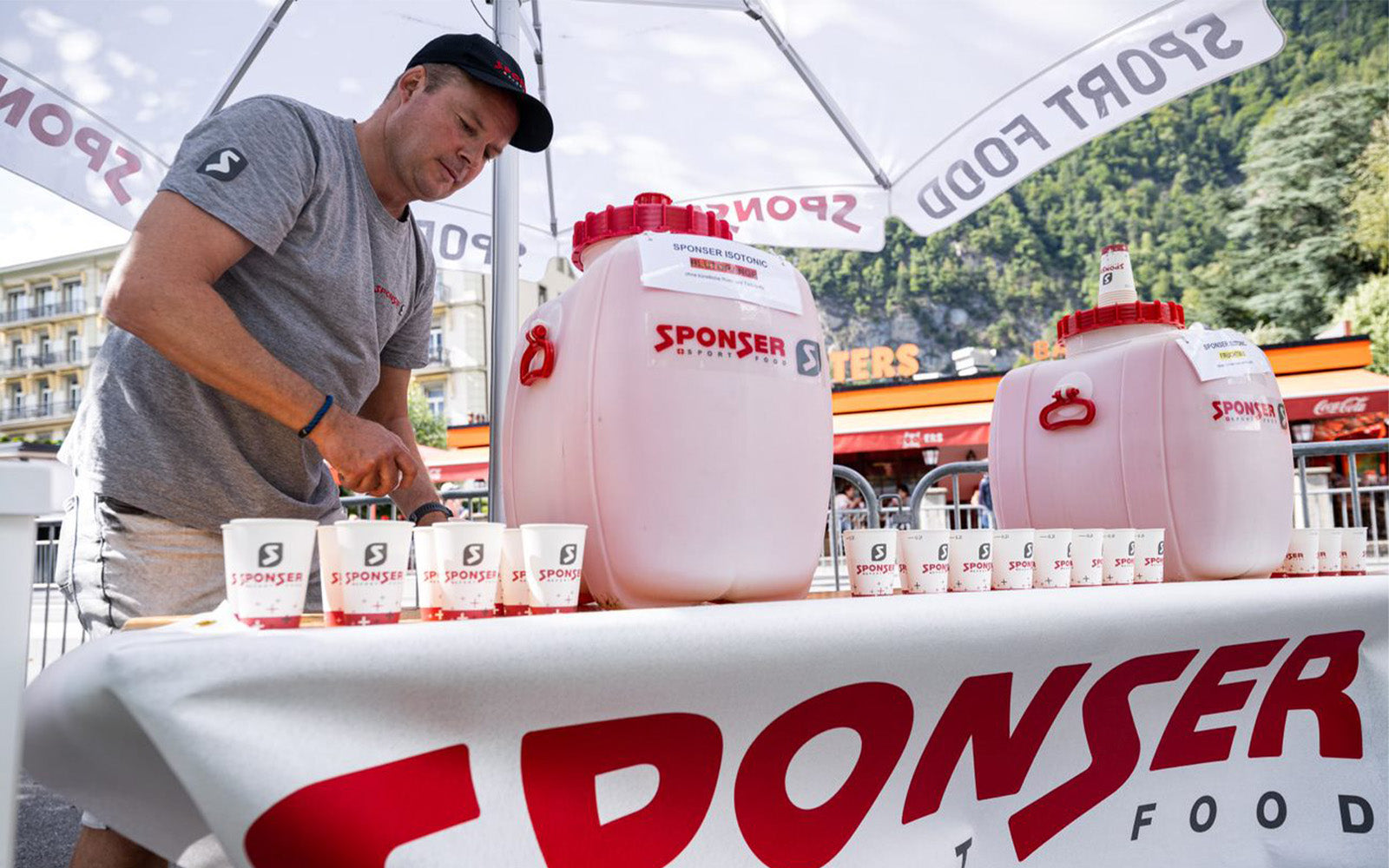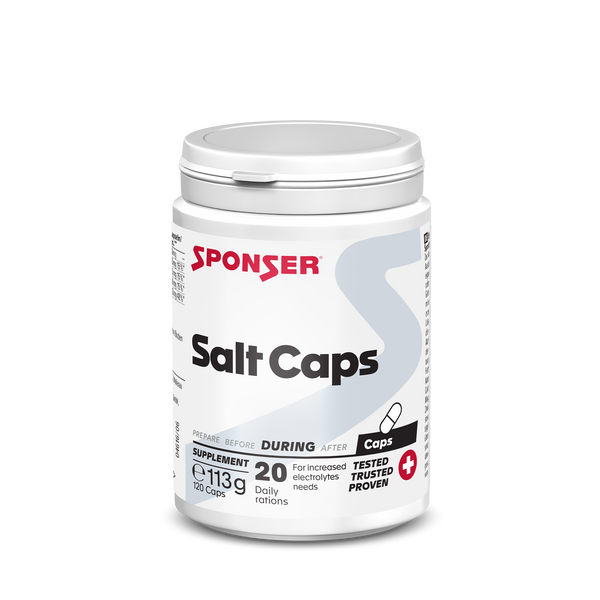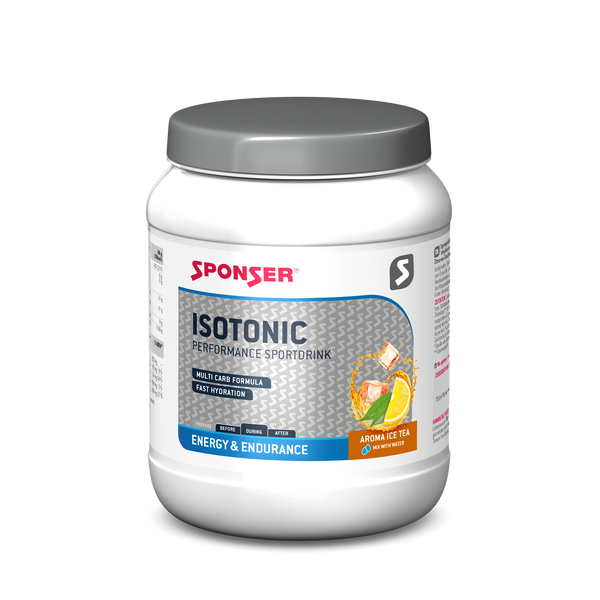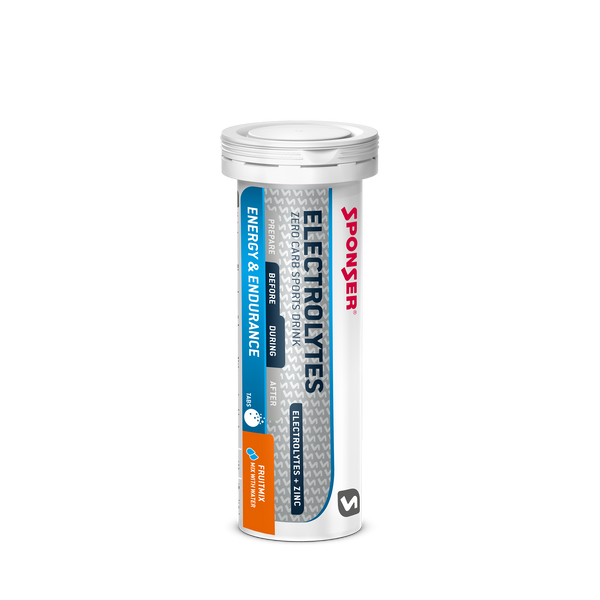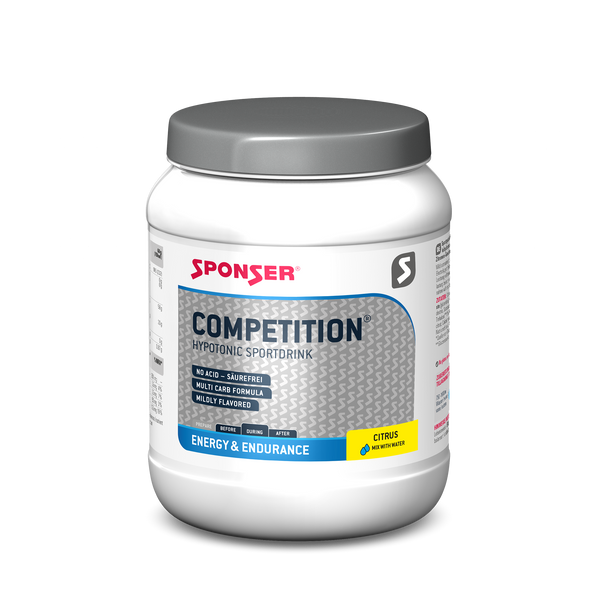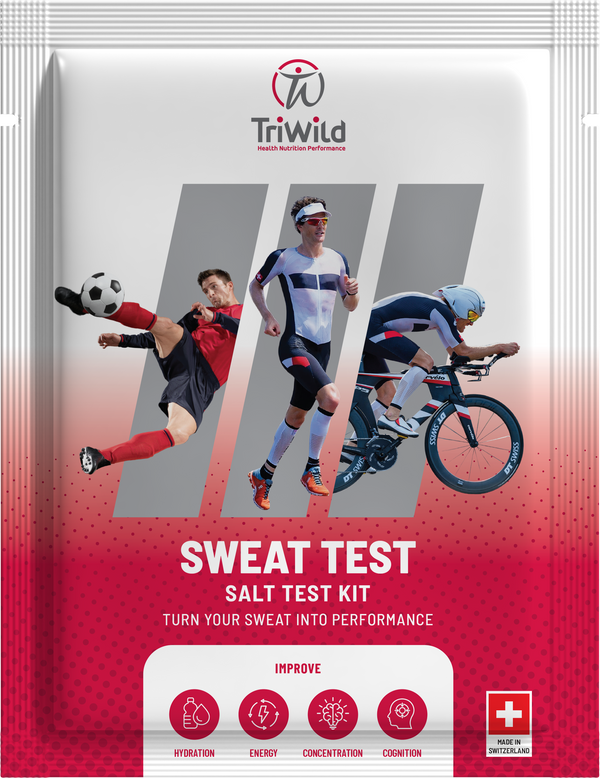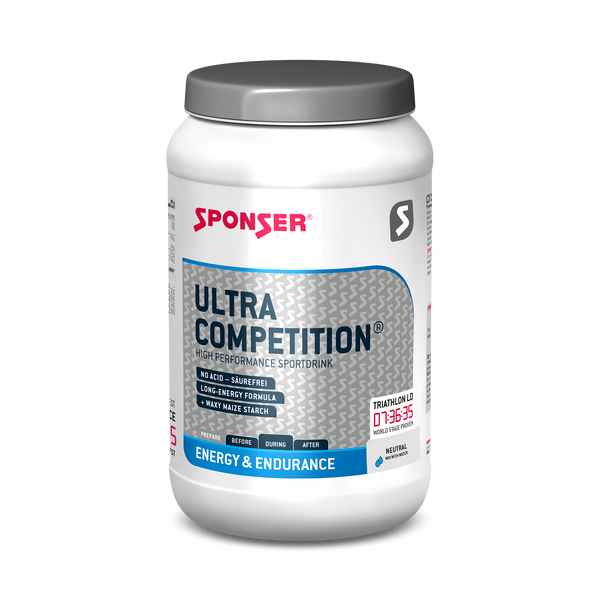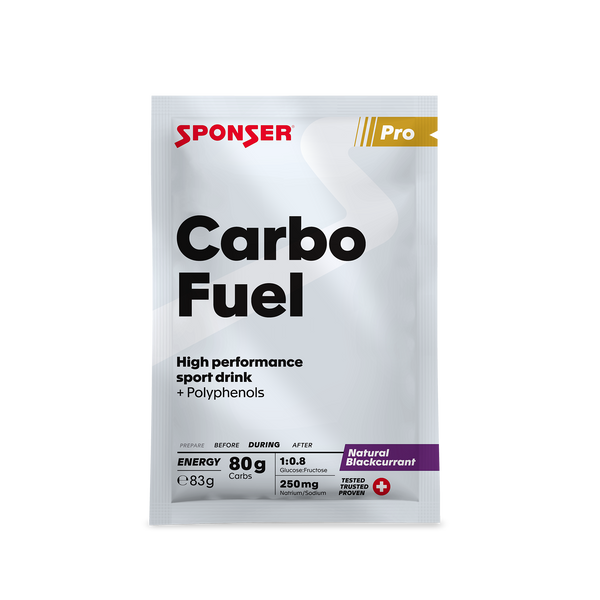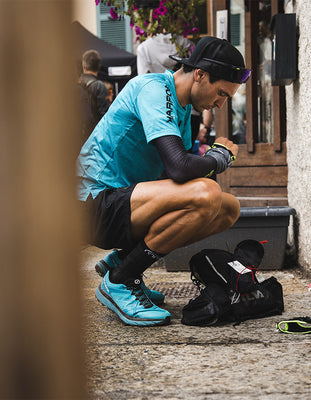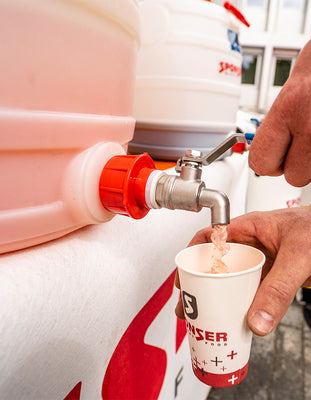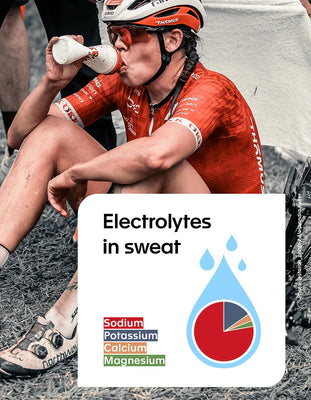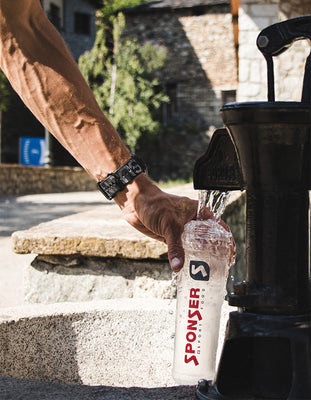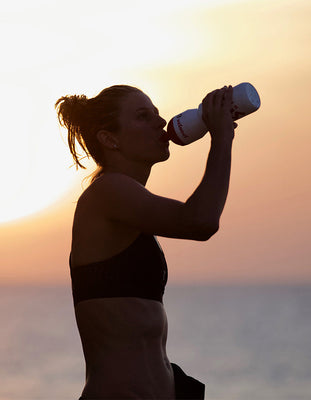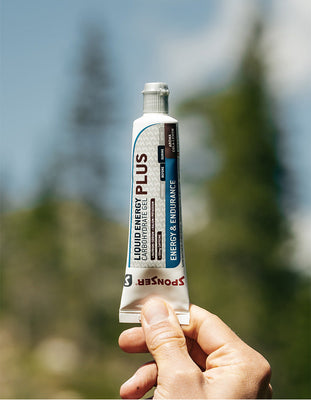
Photo credit: Adege/Pixabay
Determine your individual sweat rate
With the following instructions, the individual sweat rate can be calculated. With this knowledge you can better estimate your approximate fluid needs in competition and training. Based on your information provided, you will receive product and drinking recommendations from us. To maintain your performance, it is essential that your fluid balance is maintained. This is especially challenging during long activities and hot temperatures.
Required material
• towel
• accurate scale
• thermometer, if available
• filled drinking bottle
TESTING
1. short warm-up
2. if necessary: toilet stop
3. weigh yourself carefully. Ideally undressed, including a full drinking bottle. Record body weight and air temperature.
4. test over the chosen duration & intensity
a. Make sure that the intensity is even and, if performed indoors, that there is sufficient cooling (fan)
b. You may drink from the bottle, but you must not interrupt test for toilet stops
5. dry yourself and weigh out: again undressed and INCLUDING the drinking bottle. Write down the air temperature.
6. enter the values into the calculator to determine your personal sweat rate.
RESULT
Fluid loss per hour = (KG1-KG2) / t x 60 = sweat rate per hour
Formula
Pre-test:
• Body weight (naked) with drinking bottle (KG1)
Post-test:
• Body weight (naked) with drinking bottle (KG2)
• Exercise duration (t in min)
Remarks
• The testing can take place both indoors and outdoors. Choose your specific sport and environment.
• Select your desired intensity of the sweat rate to be determined. Orientate yourself on your target event.
• If possible, the chosen duration of exercise should be at least 30 minutes.
• Weigh yourself before and after the test together with your drinking bottle. This way you can and should drink during the test. Important: If possible, weigh yourself unclothed and dry yourself with a towel, since sweat entrapped in your clothes and on your body can seriously distort the calculation.
• After weighing in, you must refrain from toilet stops until after weighing out, i.e. also during the test.
• Repeat the test under different conditions. Expectedly, the sweat rate will increase at higher temperatures.
EVALUATION AND INTERPRETATION
Up to 0.5 l/h
Your fluid requirements during exercise are low and should be easily satisfied without any loss of performance. Drink regularly as needed and according to your thirst. For longer exertions of 2 hours or more, make sure not to drink pure water only, but to use also
electrolytes or electrolyte-containing drinks.
0.5-1.0 l/h
Your fluid requirements during exercise is average. Drink regularly in similar quantities of approx. 200-250 ml in order to cover your needs in a well-tolerated way. However, pay attention to your thirst feeling. If you are performing for durations of 2 hours or more, do not just drink pure water, but use drinks containing electrolytes or take
additional electrolytes.
1.0-1.4 l/h
Your fluid requirements during exercise are relatively significant, a balanced fluid balance becomes particularly important as the duration of exercise increases.
Drink 250-300 ml every 15 minutes if possible, but always consider your sensation of thirst. Avoid a sensation of fullness. Take care, especially during exertions exceeding 2 hours, that you drink not only pure water but also take additional electrolytes from drinks containing electrolytes.
1.4-1.8 l/h
Your fluid needs during exercise are high and you have to pay particular attention to fluid balance with increasing duration of exercise. Complete fluid replacement during performance is only possible to a limited extent.
Drink 250-300 ml every 15 minutes if possible, but always consider your sensation of thirst. Thirst, notably, should be avoided as best as possible without provoking sensations of fullness in the stomach. If necessary, experiment with drinking quantities and intervals. If you are performing more than 2 hours, do not rely only on pure water, but also use drinks containing electrolytes or add electrolytes.
≥1.8 l/h
Your fluid requirements during exercise are very high and complete fluid replacement during performance is no longer possible. For very long activities, prehydration combined with soda-loading should be considered.
Drink 200-300 ml every 10-15 minutes if possible, but always consider your thirst. Thirst is to be avoided as best as possible, but also avoid sensations of fullness in the stomach. If necessary, experiment with drinking quantities and intervals. Do not only ingest pure water, but also rely on drinks containing electrolytes or take additional electrolytes even if you are performing less than 2 hours.
Useful tips to finish
•
SPONSER sport drinks contain important electrolytes and are available with or without energy. No matter if basic, interval or fat metabolism training, in our
overview you will find the right sports drink for your desired purpose.
• Create a protocol with your personal sweat rate and the measured temperature. Repeat the test (in the desired intensity level) at different air temperatures. This has a decisive influence on your sweat rate.
• You want to save yourself the effort of measuring your sweat? There is an easier way! The test kit
SWEAT PACK from our partner BESTZEIT allows you to determine your individual salt or sodium losses in sweat.
Related articles
on
» fluids
on
» endurance performance
on
» muscle cramps
on
» race nutrition
shop
» energy & endurance
goal
» energy & endurance
goal
» professional & competitive sports
